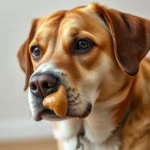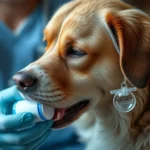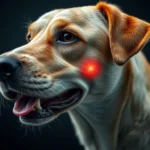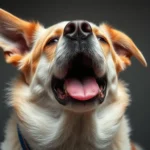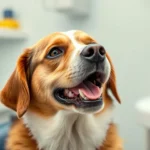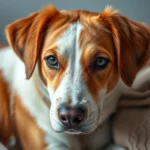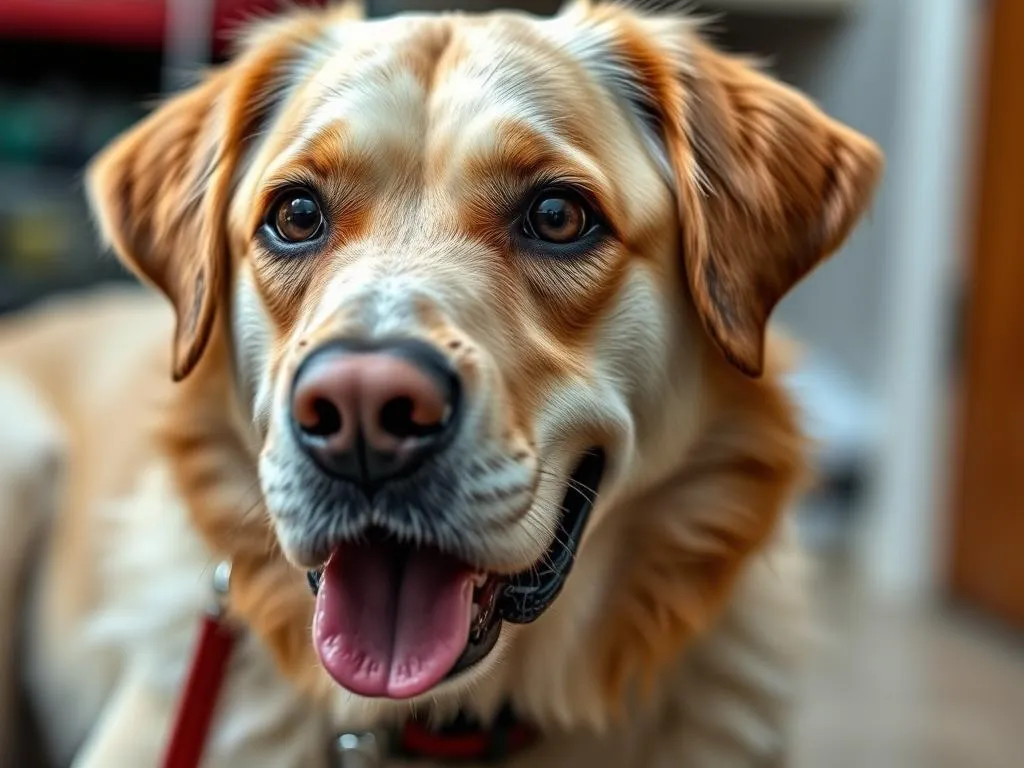
Many dog owners experience anxiety when their pets consume non-food items. It’s not uncommon for dogs to explore their surroundings with their mouths, leading to potential ingestion of hazardous materials. Among these, Q-Tips can be particularly concerning. If your dog has eaten Q-Tips, knowing what actions to take can make all the difference. This article will provide essential information on the risks associated with Q-Tips, immediate actions to take, veterinary diagnosis and treatment options, aftercare, prevention strategies, and more.
Understanding the Risks
What Are Q-Tips Made Of?
Q-Tips, also known as cotton swabs or cotton buds, typically consist of cotton and plastic or paper sticks. While cotton itself is not toxic, the plastic or paper components can pose significant risks if ingested. The sharp ends of the sticks can cause lacerations in the mouth or throat, while the entire Q-Tip can lead to gastrointestinal blockage.
Common Health Risks of Ingesting Foreign Objects
Ingesting foreign objects like Q-Tips can lead to several health concerns for dogs, including:
-
Gastrointestinal Blockages: A Q-Tip can cause a blockage in the intestines, preventing food and waste from passing through. This can lead to severe discomfort and may require surgical intervention.
-
Choking and Aspiration Pneumonia: If a dog attempts to swallow a Q-Tip whole, it risks choking, which can lead to aspiration pneumonia if the object is inhaled into the lungs.
-
Lacerations or Perforations: Sharp components can cut through the digestive tract, leading to internal bleeding or infection.
Immediate Actions to Take
Assessing the Situation
If you suspect your dog has eaten Q-Tips, observe them closely for any signs of distress. Common behavioral changes may include:
- Vomiting
- Lethargy
- Loss of appetite
- Abdominal pain or bloating
- Difficulty defecating
Monitoring these symptoms is crucial, as they can indicate whether your dog is experiencing complications.
When to Contact a Veterinarian
It’s essential to know when to seek veterinary care. If your dog exhibits any concerning symptoms, contact your veterinarian immediately. Additionally, consider the following factors:
-
Size and Breed of the Dog: Smaller dogs may be at a higher risk for choking or blockages than larger breeds.
-
Quantity of Q-Tips Ingested: If your dog has ingested multiple Q-Tips, it increases the likelihood of complications.
-
Time Since Ingestion: The sooner you act, the better the chances of avoiding serious health issues.
Veterinary Diagnosis and Treatment Options
What to Expect During a Veterinary Visit
When you bring your dog to the vet, they will conduct a thorough examination. This may include:
-
Physical Examination: The vet will check for any signs of distress, abdominal pain, or unusual behavior.
-
X-rays: Imaging may be necessary to determine if any foreign objects are present in the digestive tract.
Providing your veterinarian with detailed information—such as the quantity of Q-Tips ingested and the time of ingestion—can aid in a swift diagnosis and treatment plan.
Treatment Options Offered by Veterinarians
Depending on the severity of the situation, treatment options may include:
-
Inducing Vomiting: If the ingestion is recent, your vet may induce vomiting to expel the Q-Tips from your dog’s stomach. This is typically done with medication and should only be performed by a professional.
-
Endoscopy: In cases where the Q-Tips are lodged in the esophagus or stomach, an endoscope can be used to retrieve them without surgical intervention.
-
Surgical Intervention: If the Q-Tips have caused a blockage or perforation, surgery may be necessary to remove the foreign objects and repair any damage.
Aftercare and Recovery
Post-Care Instructions
After treatment, your veterinarian will provide specific aftercare instructions. Key points to monitor include:
-
Diet Changes: Your dog may need to follow a bland diet for a few days post-treatment to allow the digestive system to recover.
-
Activity Restrictions: Limiting physical activity can help prevent additional strain on the digestive tract.
Signs of Complications
Watch for any signs that may indicate complications following treatment:
- Persistent vomiting or diarrhea
- Signs of pain or discomfort
- Lack of appetite for more than 24 hours
- Swelling or bloating in the abdomen
If any of these symptoms occur, contact your vet immediately.
Long-Term Health Considerations
Regular follow-up visits with your veterinarian are crucial to ensure your dog’s ongoing health. Additionally, consider the following tips for preventing future incidents of foreign object ingestion:
- Keep hazardous items, including Q-Tips, out of reach.
- Regularly clean areas where your dog has access to minimize risks.
Prevention Strategies
Keeping Your Home Safe
Dog-proofing your living space is essential for preventing your pet from ingesting hazardous items. Here are some strategies to consider:
-
Store Q-Tips and Other Hazards Securely: Keep cotton swabs, small objects, and other potential choking hazards in cabinets or drawers that your dog cannot access.
-
Use Alternatives: Consider using safer grooming products that do not pose a risk if ingested. For example, there are pet-safe ear cleaning solutions that do not require Q-Tips.
Importance of Training and Supervision
Training your dog can significantly reduce the likelihood of them eating foreign objects. Here are some suggestions:
-
Basic Commands: Teach your dog commands like “leave it” or “drop it.” This can help prevent them from picking up unwanted objects.
-
Supervision During Grooming: Always supervise your dog during grooming or cleaning routines to ensure they don’t ingest hazardous items.
Conclusion
When faced with the distressing situation of a dog eating Q-Tips, immediate action and veterinary guidance are crucial. Understanding the potential risks associated with foreign object ingestion can help you make informed decisions and protect your pet’s health. By implementing preventive measures, monitoring your dog’s behavior, and seeking timely veterinary care, you can minimize the risks associated with your pet’s curiosity. Take proactive steps to safeguard your home and prioritize your dog’s well-being to ensure they remain safe and healthy.
